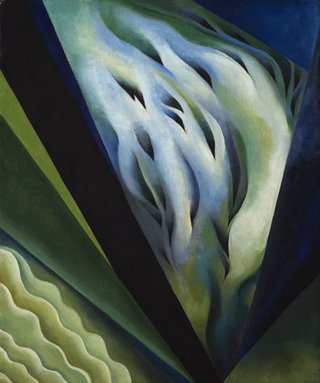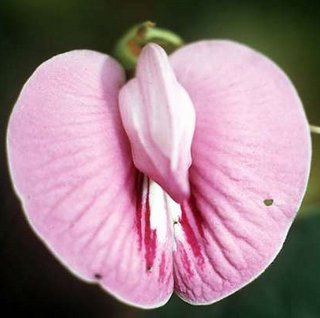A Still Fairer Flower
As spring turns into summer (here in the Northern Hemisphere, anyway) my ErosBlog consciousness turns to…flowers.
The fair flower as a metaphor for female genitalia has a long pedigree indeed: one of my favorite examples occurs in Le Nozze di Figaro. The rather twisty plot of this opera revolves around the attempts of the Count of Almaviva — who has (rather to his regret) renounced his droit de seigneur — to seduce Susanna, a maid in his household betrothed to Figaro. Figaro and others (including the Countess) engage in energetic shennanigans to try to prevent this seduction. Three and some hours of delightful music result.
At one point, Figaro brings on a chorus of young peasants, largely for the purposes of embarrassing the Count and getting him to confirm his renunciation of his unjust privilege. They sing:
|
Giovani liete, fiori spargete davanti al nobile nostro signor. Il suo gran core vi serba intatto d’un più bel fiore l’almo candor. |
Blithe maids, Scatter flowers Before our Noble lord. His generous heart Has preserved intact for you The chaste purity Of a still fairer flower. |
“A still fairer flower.” You know what we mean…
You can listen or download the music as an mp3 here if you wish.
In the twentieth century, Georgia O’Keefe would pick up on the connection between flowers and feminity quite suggestively.

“Blue and Green Music” (1921). The original is in the Art Institute of Chicago.
But little did I know until recently that art was imitating life all along. It was PZ Myers who put me onto the case. Here is a photograph of a real flower, provided to the world by the botany people at the University of Wisconsin:

The flower’s name? Genus Clitoria, naturally!
Shorter URL for sharing: https://www.erosblog.com/?p=5063








A flower represents nature’s most perfect design.
Beautiful and alluring.
Reproduction is the most fundamental need of all living things.
I always thought it was interesting that although Georgia O’Keefe is probably best known for her paintings of flowers as “vaginas”, incredibly she is said to have vehemently denied the relationship, or at least the intention…
In fact, in some quotes, she actually sounded like she was furious over the mere suggestion.
To quote Leonard Cohen “I loved you when you opened like a lily to the heat”